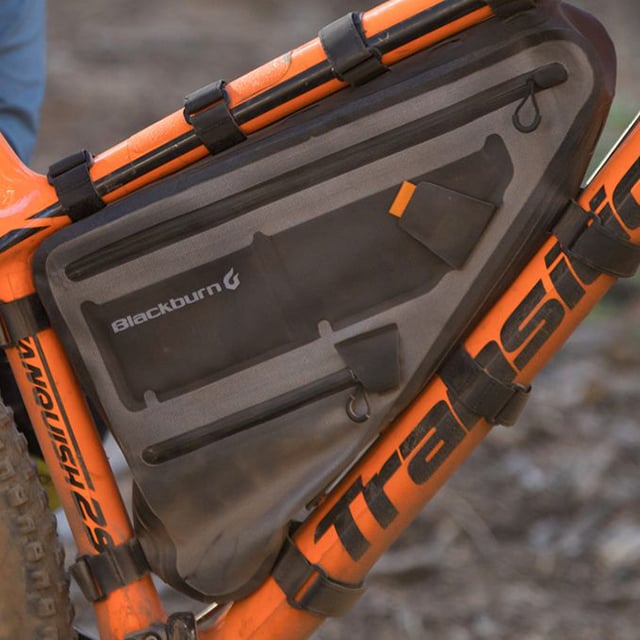Bikepacking 101
Home is where you ride.
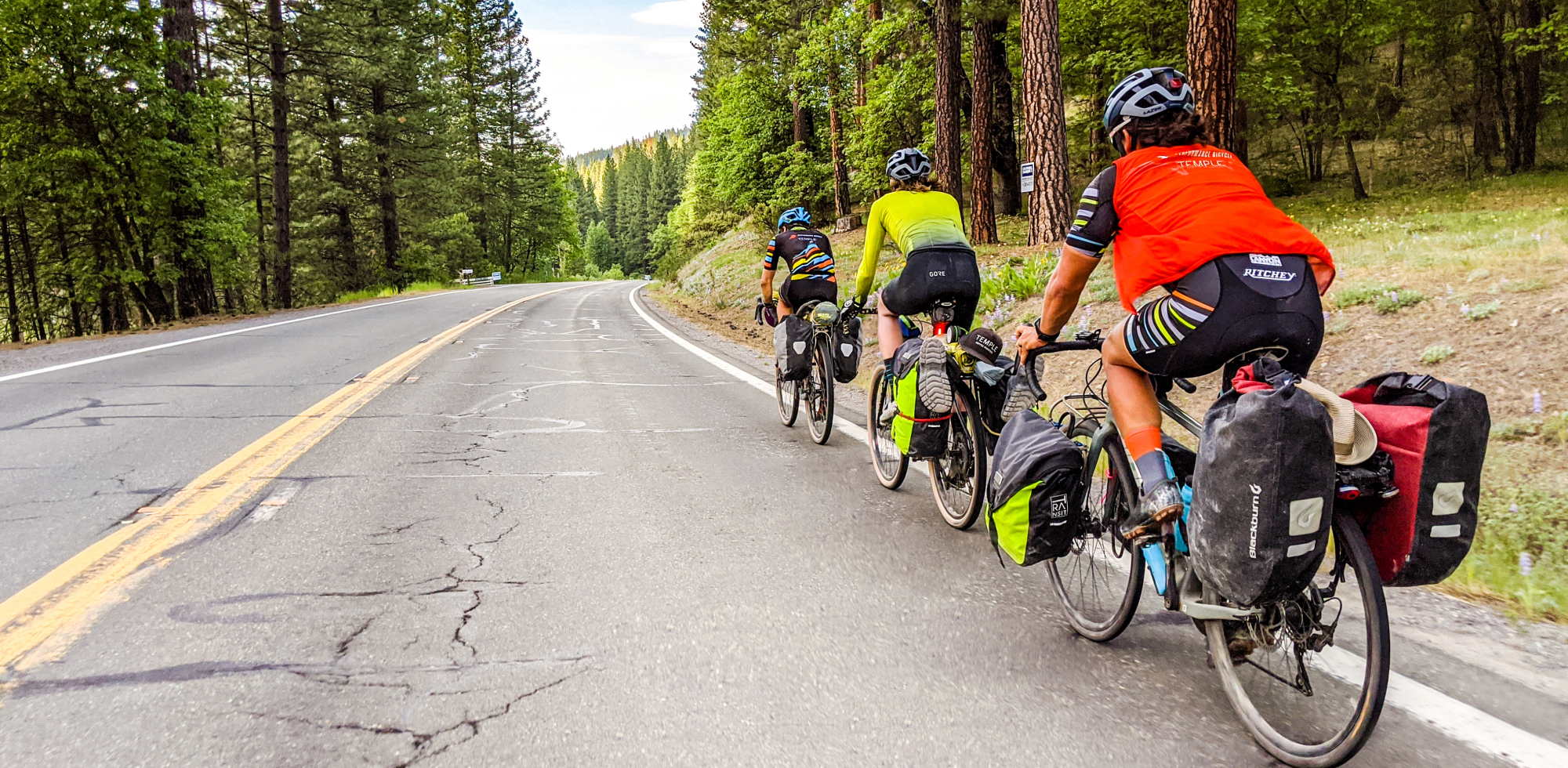
Looking to explore more on your bike? With modern bikepacking gear, all you need are a few bags, and any bicycle can be converted into an expedition-worthy machine. There are many ways to bikepack and—depending on ride length, terrain type, and personal preference—setups vary widely. So, whether you are new to bikepacking or a veteran explorer, there is always room to further optimize your ride.
Choosing your bike
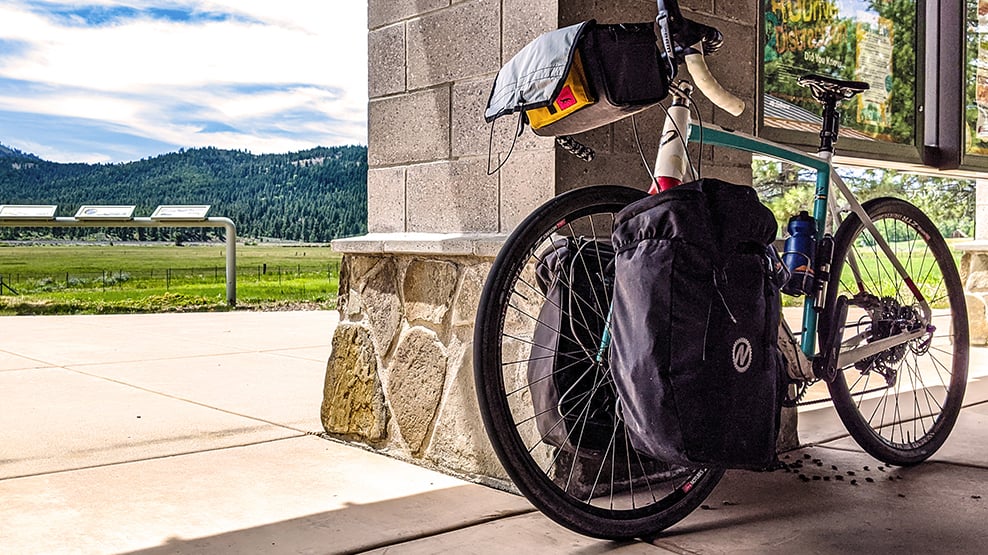
As with most things cycling, it all starts with the bike. Bikepacking bikes don’t have to be fancy—it could be an old mountain bike from the garage or a vintage drop bar touring bike from a pawn shop. For riders seeking the latest in touring tech, brands such as Niner and Bombtrack make purpose-built steads complete with gear mounts and bikepacking tailored specs—set to hit the trail right out of the box. Whatever bike you choose, there are a few key elements worth considering.
Tire Width
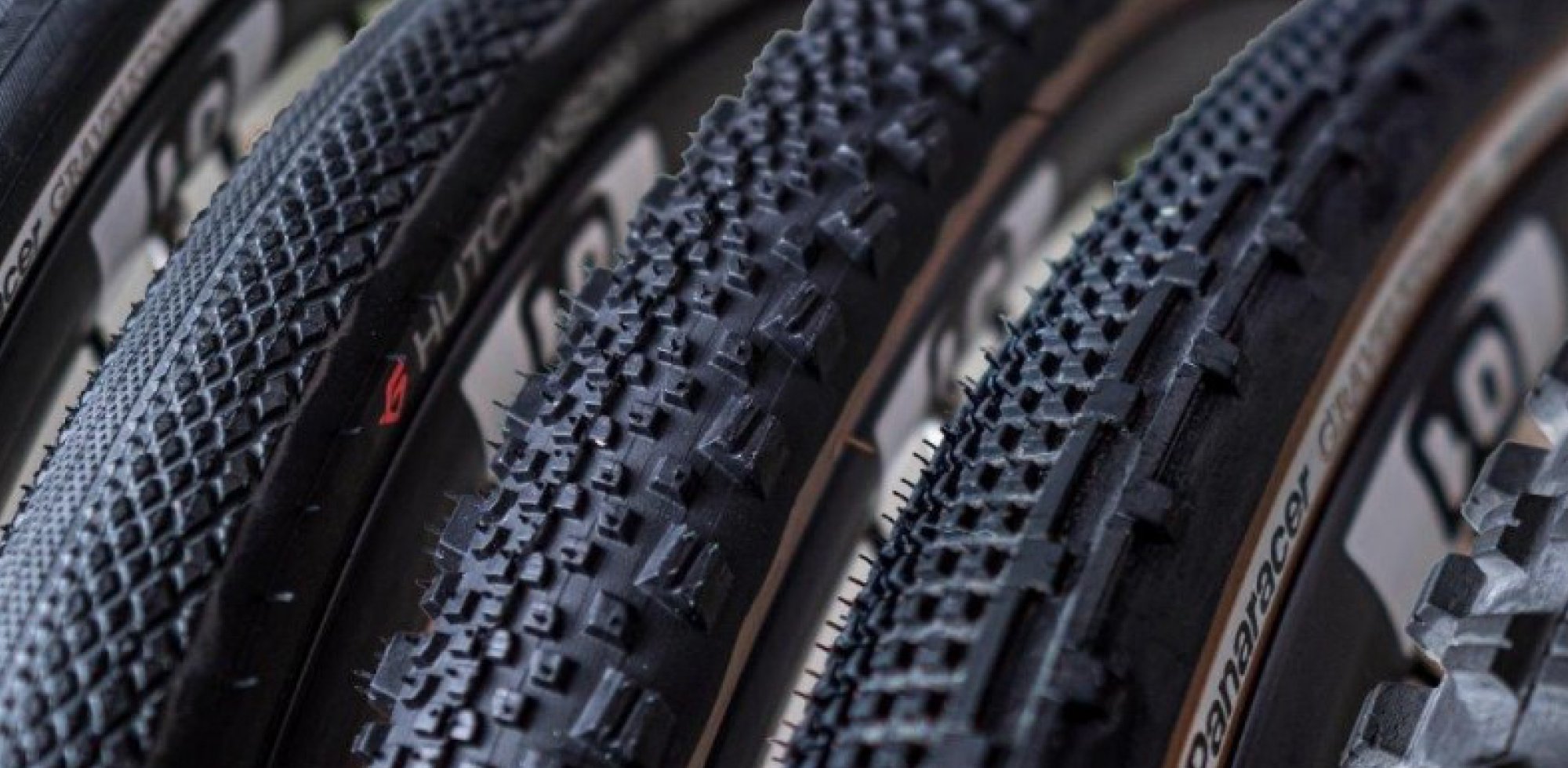
Tire clearance is perhaps the single most important spec. Most bikepackers like having the option to explore roads less traveled—this often means leaving the pavement behind and seeking gravel or even singletrack. For all-terrain rides it is desirable to have at least a 35mm (1.4”) tire width. Many modern adventure bikes have room for mountain bike style tires of 50mm (2”) or wider, opening up a broad range of terrains to explore.
Packing your bags
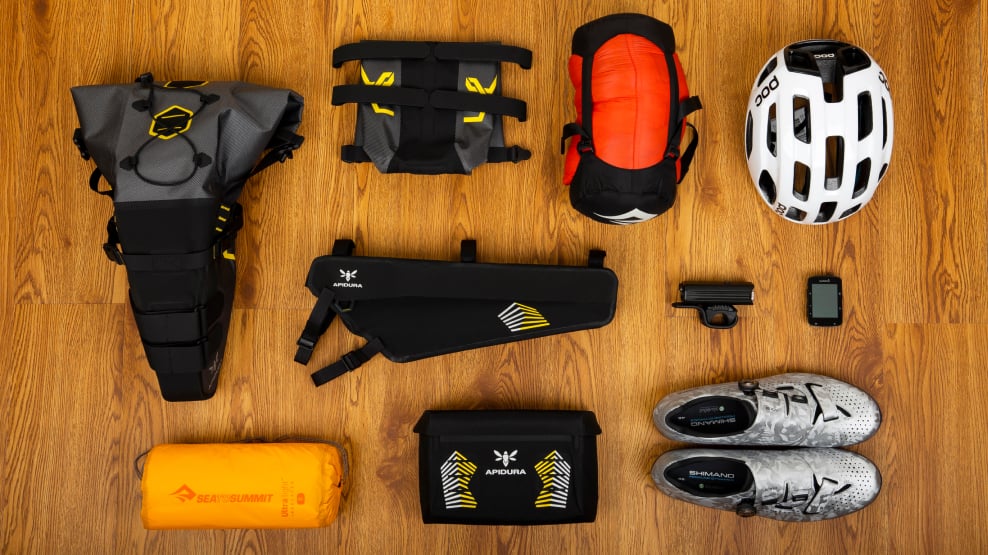
Once you’ve settled on your bike, it’s time to consider what bags you’ll need. Generally, a good setup starts with a seat pack, a frame bag, and a handlebar bag. Shapes and sizes vary, but with some combination of the three, you should be in good shape. Depending on how far you’re going, you will also want to think about how much water to bring. The amount of water you need to carry will affect your choices—if you’re headed out for a ride with plenty of water access, you may just need a couple bottles, but sometimes you’ll want a backpack or frame bag with a hydration reservoir.
Gear Extras
Once you have bags picked out that are to your liking, you may want a few extra bits to complete the set. Most forks can handle some form of cargo (be cautious with a carbon fork) and this can be a great way to carry a big water bottle or anything you won’t fit in the frame bags.
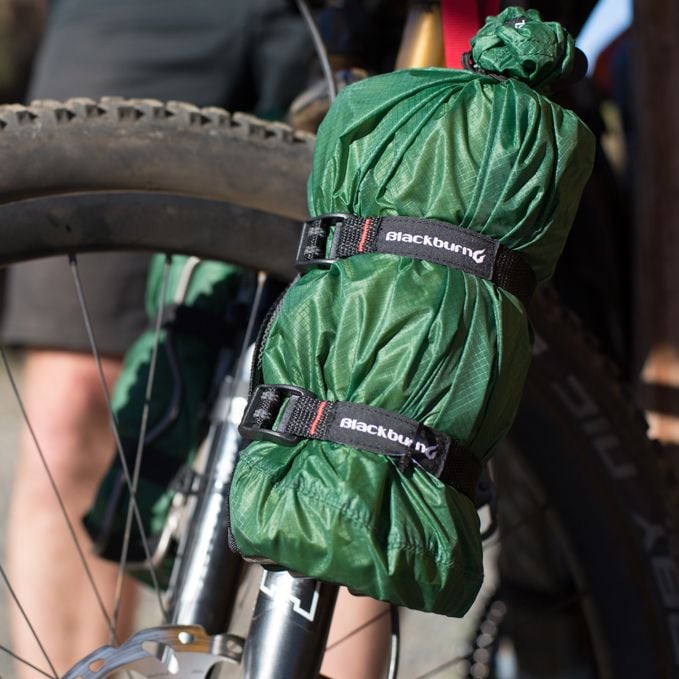
The Blackburn Cargo Cage and the Dawn to Dusk Bear Hug are auxiliary gear mounts which can be affixed to the seat tube, downtube, or forks and are used for additional water bottles, tents, bags, or even burritos (don’t neglect your nutrition).
You're All Set Up, What Now?
You've got your gear, now it is time to fill the bags and pick a route.
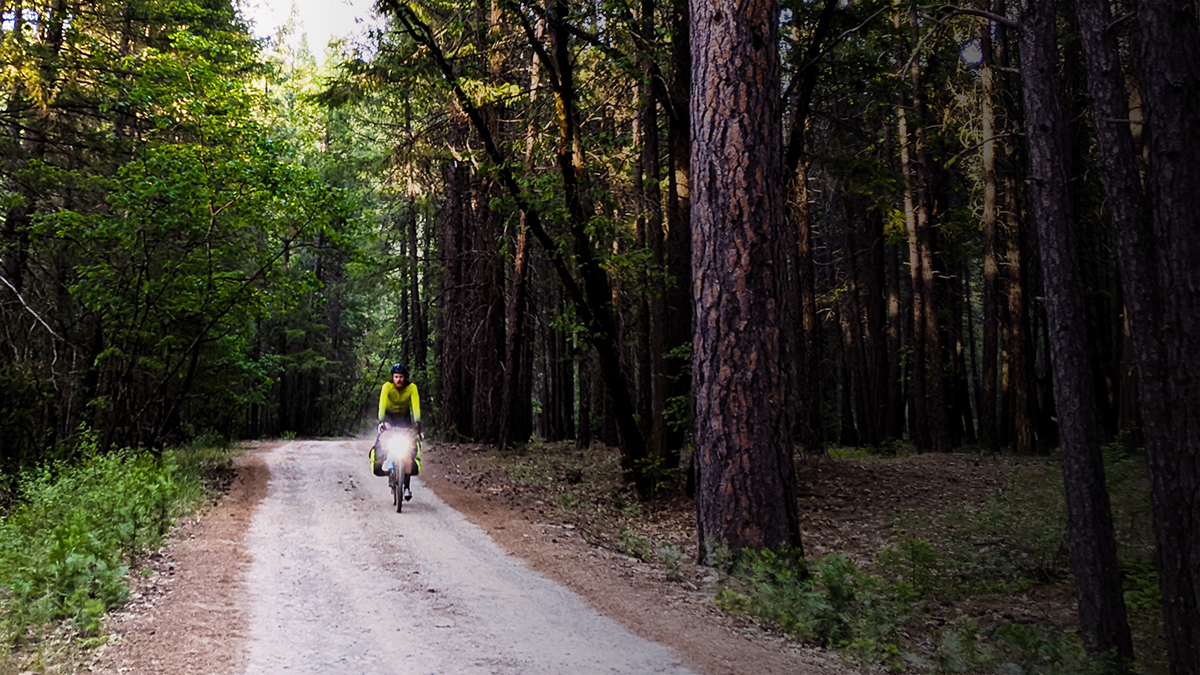
You’ve got your set up. Now it's time to load the cargo. There are so many things you can take with you on a trip—most people will want a tent for shelter and a sleeping bag and sleeping pad for warmth and comfort. Others are completely fine forgoing these 'luxuries' in favor of a minimalist setup; and others still may opt for alternative shelters such a hammock or bivy.
There is, however, some gear that you should always have with you. Regardless of where you’re headed—road, dirt, or some combination—you need to be ready for the unexpected. Inclement weather, flat tires, and the much-dreaded bonk from bad nutrition are all situations that require a contingency plan. It’s always good to keep some food in your pocket and a rain jacket in the bar bag for easy access. When you pack up your bike in the morning, you’ll want to be sure to organize with the day ahead in mind. Leave the important items for the end so they’re the first thing you find when you reach into your pack.
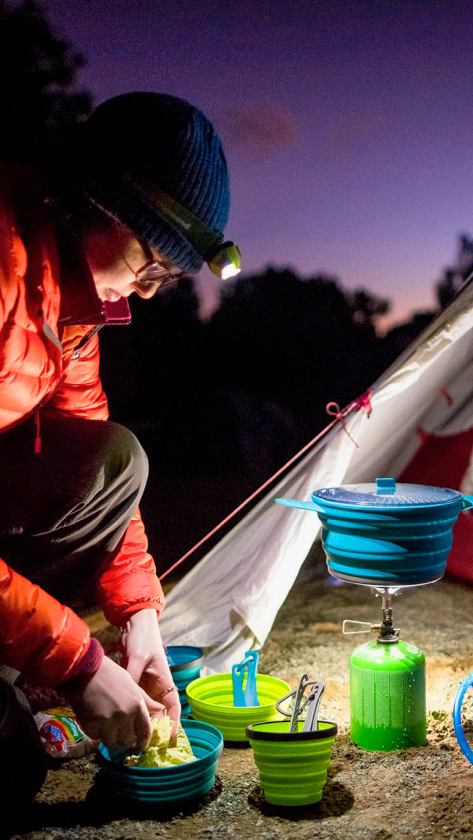
Whether you plan your route before or after getting setup, plan on having at least a rough idea of where you want to go. There are many methods of route planning—some of the best for bikepacking include Bikepacking.com, Komoot, and Strava Heatmaps.
Using a route planning tool is not essential but will give you bike-specific details and provide insight into the difficulty of the route. If you’re just starting out or aren’t sure about your fitness, try something simple. Performance Bicycle’s social media manager, Will, camped only 14 miles from home on his first bike camping trip. Finding something close by is the perfect way to get started without the complexity of a big trip.
Hopefully this inspires you to head out on a bike camping trip or at least start planning out some new adventures. If you have ideas, tips, questions, or photos of your adventures to share, feel free to reach out on our social media accounts. See you out on the bike!

